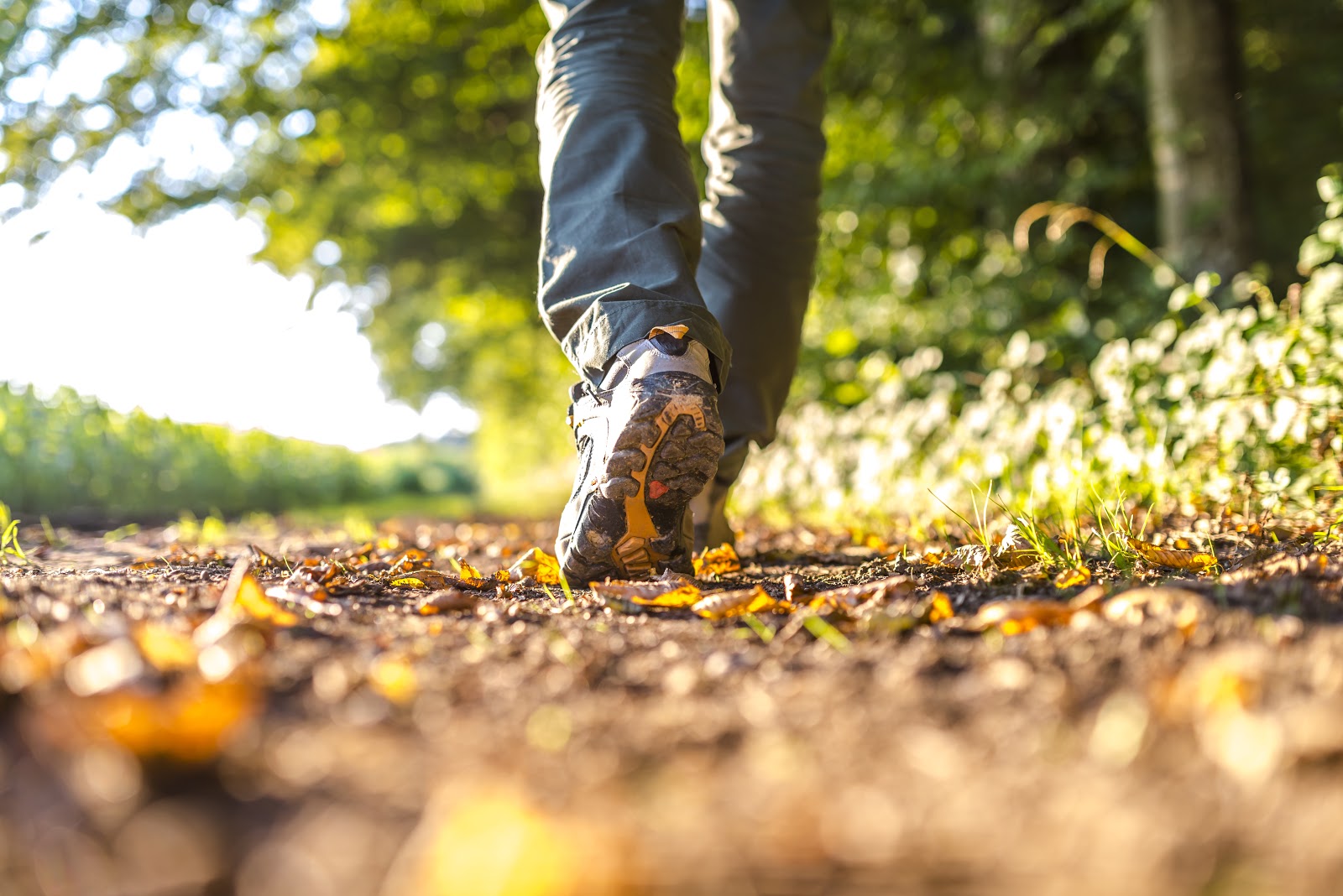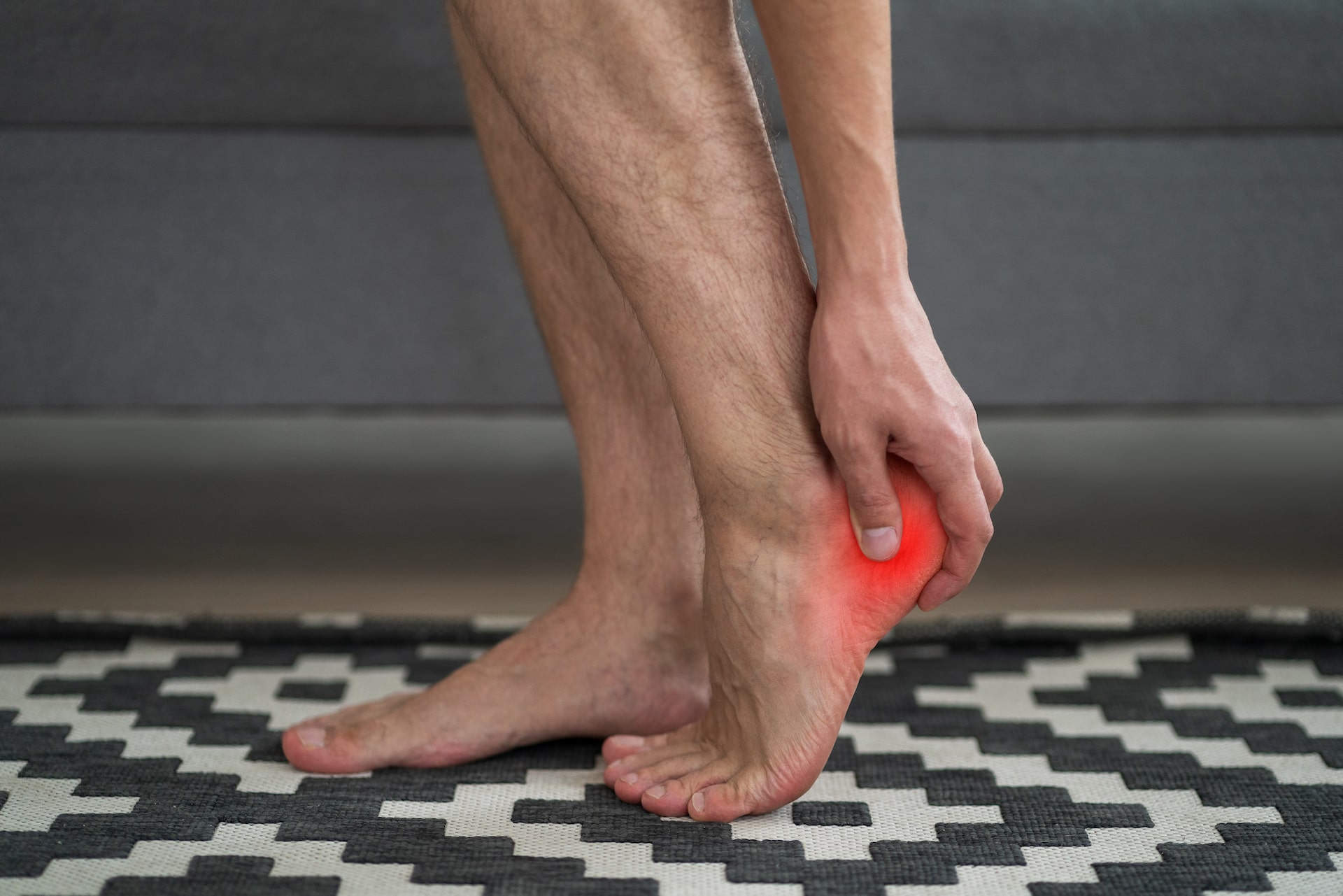
 Proper preparation is extremely important when it comes to planning your next hike. Our experts here at Kansas City Foot Specialist put together a short list of the best tips to follow before setting out on your next hike.
Proper preparation is extremely important when it comes to planning your next hike. Our experts here at Kansas City Foot Specialist put together a short list of the best tips to follow before setting out on your next hike.
Make Sure your Body is Ready for the Adventure
Even if you invest in the best pair of hiking boots, your lack of training and fitness can have a significant negative impact on your hiking experience. A common misconception is the perfect pair of hiking boots will completely prevent your feet from hurting. Unfortunately, excess weight is a common condition in America that puts additional strain on your feet. Now we add the weight of a hiking backpack to the mix, the chances of stretching or tearing the Plantar Fascia ligament on the bottom of your foot increases. If you feel you are a little overweight, and have time to shed some pounds, do it! You will not only be doing your feet a favor, but you will feel more energized as well.
If you are new to hiking, save your energy. Don’t overexert yourself in an effort to prove your ability to others. Doing this may result in intense levels of soreness, especially in the feet, the following day. One way you can avoid this is by taking frequent breaks during your hike instead of pushing yourself beyond your limitation. During these breaks, get off your feet and if you have the time allotted, take your shoes off for a little bit. This is much needed rest, don’t skip it!
Select the Right Footwear and Accessories
 When picking hiking boots, make sure you find a pair that is breathable, comfortable, and fit correctly. Ask yourself, will your hike be on a really rocky terrain? If so, you will need boots with a stiff insole to support your weight on that dynamic terrain, and tough rubber to protect rocks from jabbing into and twisting your foot. Is it going to be wet outside? Waterproof boots may limit the breath-ability, but will protect your feet from getting soaked. When your feet get wet they oftentimes will get cold as well which can lead to blistering and increased susceptibility to infection.
When picking hiking boots, make sure you find a pair that is breathable, comfortable, and fit correctly. Ask yourself, will your hike be on a really rocky terrain? If so, you will need boots with a stiff insole to support your weight on that dynamic terrain, and tough rubber to protect rocks from jabbing into and twisting your foot. Is it going to be wet outside? Waterproof boots may limit the breath-ability, but will protect your feet from getting soaked. When your feet get wet they oftentimes will get cold as well which can lead to blistering and increased susceptibility to infection.
The traditional hiking boot usually comes with cheap, foam insoles that don’t provide the best support for your feet. Individuals with existing conditions, such as high arches or flat feet, are encouraged to replace the stock insole with a supportive insole manufactured by companies such as Superfeet and Solé. Besides the insoles of your hiking boots, you should also strategically pick the correct socks. We have found investing in wool or synthetic socks that wick moisture and keep your feet dry to be the best. Try your hardest to avoid cotton socks as they hold sweat and lead to blistering and cold feet.



